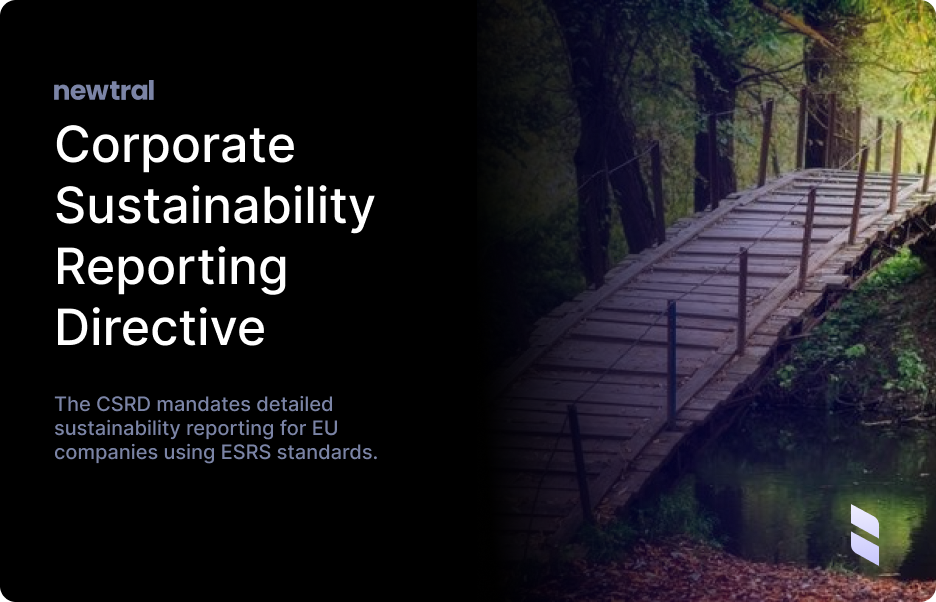Why was the CSRD introduced?
- To increase transparency on sustainability matters and support the European Green Deal objectives.
- To meet growing demands from investors, civil society, and other stakeholders for reliable and relevant ESG (environmental, social, and governance) information.
- To level the playing field and prevent fragmentation in sustainability reporting practices across EU member states.
How will the CSRD work?
- It requires companies to report detailed information on their impacts related to environmental, social, and governance matters.
- Reporting will follow the European Sustainability Reporting Standards (ESRS) being developed by EFRAG.
- Companies will need to perform double materiality assessments, considering both impacts on the company and impacts caused by the company.
- Reports will be subject to independent third-party assurance.
Timeline
- April 2021: The European Commission adopted the CSRD proposal.
- November 2022: The CSRD was formally adopted by the European Parliament and Council.
- January 2024: The CSRD will start applying to large companies already subject to the Non-Financial Reporting Directive (NFRD).
- January 2025: The CSRD will apply to all other large companies and listed SMEs.
- January 2026: The CSRD will apply to non-EU companies with significant operations in the EU.



.png)
%20png%20(1).png)